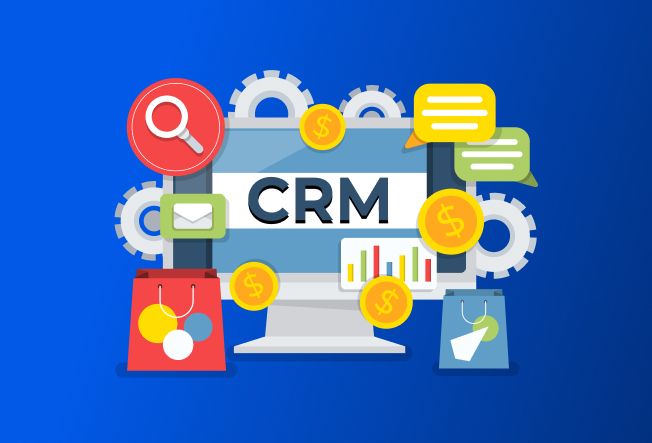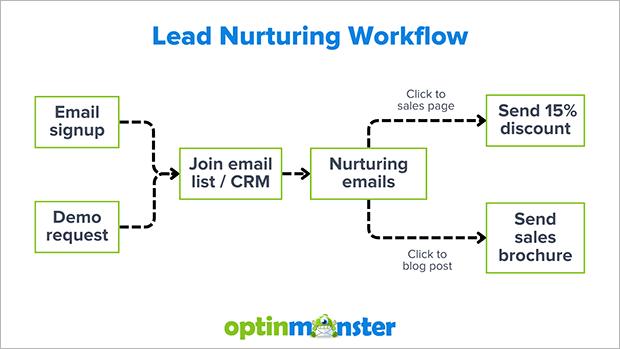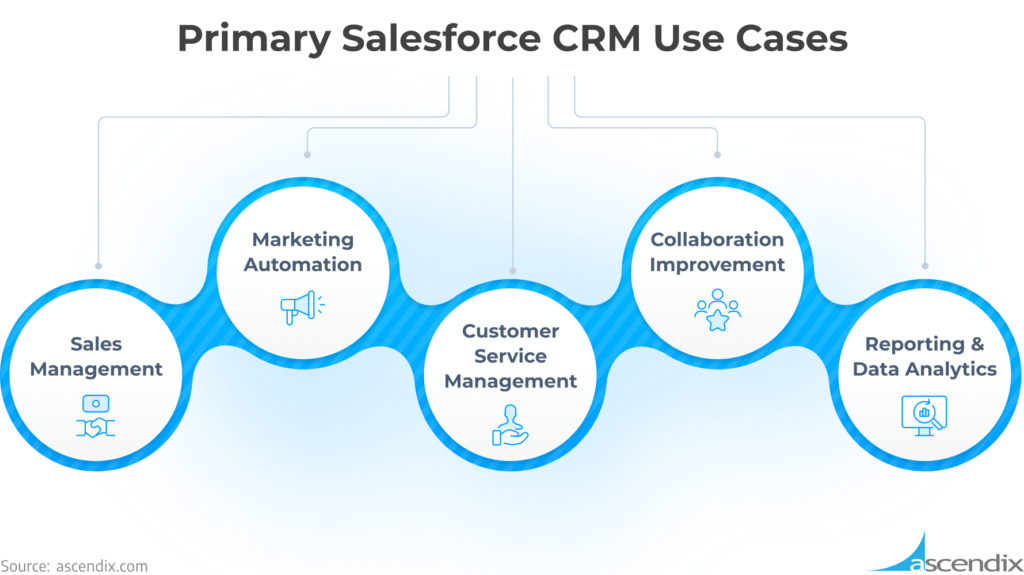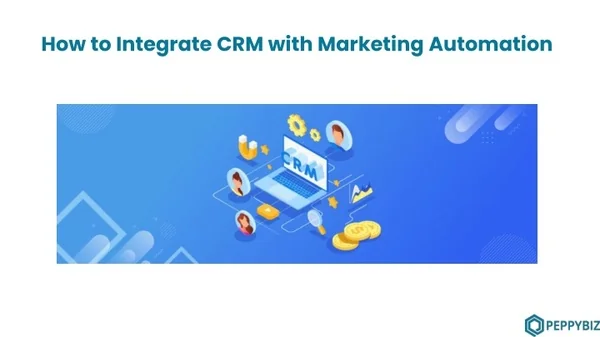In the ever-evolving landscape of digital marketing, understanding your customer and nurturing those relationships is paramount. That’s where Customer Relationship Management (CRM) systems come into play, and when wielded effectively, they can revolutionize how you interact with your audience. But simply implementing a CRM isn’t enough. To truly demonstrate the value and impact, you need compelling case studies. This in-depth guide will walk you through the art of creating CRM marketing case studies that not only highlight successes but also resonate with your target audience and drive conversions.
Why CRM Marketing Case Studies Matter
Before we dive into the ‘how,’ let’s explore the ‘why.’ Case studies are powerful tools. They provide tangible evidence of your CRM’s effectiveness. They move beyond abstract concepts and showcase real-world results. Here’s why they’re crucial:
- Build Trust and Credibility: Case studies offer social proof. They demonstrate that your CRM solution delivers on its promises, building trust with potential customers.
- Showcase Tangible Results: Numbers don’t lie. Case studies quantify the benefits of your CRM, such as increased sales, improved customer retention, and reduced operational costs.
- Educate and Inform: They provide valuable insights into how your CRM can solve specific business challenges, educating your audience and positioning you as a thought leader.
- Drive Conversions: By showcasing success stories, case studies inspire confidence and encourage prospects to take the next step, whether it’s requesting a demo or making a purchase.
- Enhance SEO: Well-optimized case studies can attract organic traffic to your website, boosting your search engine rankings and increasing brand visibility.
Key Elements of a Compelling CRM Marketing Case Study
Crafting a case study that captivates your audience requires more than just listing features. It’s about telling a story, showcasing challenges, and celebrating triumphs. Here are the essential components:
1. The Headline: Grabbing Attention
Your headline is the first impression. It needs to be concise, compelling, and attention-grabbing. Consider these tips:
- Highlight the Result: Focus on the outcome, such as “Increased Sales by 30% with [CRM Name].”
- Use Numbers: Quantifiable results make headlines more impactful.
- Focus on the Customer: Make it about their success, e.g., “How [Customer Name] Transformed Customer Service.”
2. The Introduction: Setting the Stage
The introduction should provide context and set the tone for the case study. Briefly introduce the customer, their industry, and the challenge they faced. Mention the CRM solution used and hint at the positive outcomes.
3. The Challenge: Identifying the Pain Points
This section is where you delve into the customer’s problems before implementing the CRM. What were their specific pain points? What were the inefficiencies? What were the goals they hoped to achieve? This section allows readers to relate to the customer’s struggles.
4. The Solution: Presenting the CRM
Introduce the CRM solution and explain how it addressed the customer’s challenges. Focus on the specific features and functionalities that were most relevant to their needs. Avoid technical jargon and explain the benefits in plain language. This is where you showcase the CRM’s capabilities.
5. The Implementation: Detailing the Process
Provide a brief overview of how the CRM was implemented. This section can include timelines, strategies, and any challenges faced during the implementation process. This helps readers understand the steps involved and the effort required.
6. The Results: Showcasing the Success
This is the most crucial part of the case study. This is where you present the data, the numbers, and the tangible results. Use charts, graphs, and quotes to highlight the positive outcomes. Focus on the key metrics that demonstrate the CRM’s effectiveness, such as:
- Increased Sales Revenue
- Improved Customer Retention Rates
- Reduced Customer Acquisition Costs
- Higher Customer Satisfaction Scores
- Improved Marketing ROI
- Increased Lead Generation
- Faster Sales Cycles
7. The Conclusion: Summarizing and Looking Ahead
Summarize the key takeaways from the case study. Reiterate the benefits the customer achieved. Include a call to action, encouraging readers to learn more about your CRM solution or contact you for a demo. This final section reinforces the value proposition and encourages engagement.
8. The Customer Quote: Adding Authenticity
Include a direct quote from the customer. This adds a personal touch and provides a testimonial that reinforces the positive outcomes. The quote should be genuine and reflect the customer’s experience. This humanizes the case study.
Step-by-Step Guide to Creating a CRM Marketing Case Study
Now that you understand the key elements, let’s break down the process of creating a compelling CRM marketing case study step-by-step:
Step 1: Identify the Right Customer
Not all customers are created equal. Choose a customer who has achieved significant results using your CRM. Look for customers who:
- Have a compelling story to tell.
- Are willing to participate in the case study.
- Have achieved measurable results.
- Represent your target audience.
Step 2: Get Customer Approval
Before you start, secure the customer’s permission to create and publish the case study. Outline the scope of the case study, what information you plan to include, and how it will be used. Obtain their written consent. This ensures transparency and avoids any misunderstandings.
Step 3: Conduct Interviews
Gather information through interviews. Schedule interviews with the customer to understand their challenges, goals, and the results they achieved. Ask open-ended questions to encourage them to share their experiences in detail. Take detailed notes or record the interviews (with permission) to ensure accuracy. This is the heart of your research.
Step 4: Gather Data
Collect all relevant data, including before-and-after metrics, sales figures, customer satisfaction scores, and any other quantifiable results. Work with the customer to obtain accurate data. This data forms the foundation of your results section and provides credibility.
Step 5: Write the Case Study
Structure your case study following the key elements outlined above. Start with a compelling headline and introduction. Clearly define the challenge, solution, implementation, and results. Use a conversational tone, and focus on storytelling to engage your audience. This is where you bring everything together.
Step 6: Design and Formatting
Present your case study in a visually appealing format. Use headings, subheadings, bullet points, and visuals (charts, graphs, customer logos) to break up the text and make it easy to read. Ensure your case study is mobile-friendly. A well-designed case study is more likely to capture attention.
Step 7: Review and Edit
Before publishing, have someone review your case study for accuracy, clarity, and grammar. Proofread carefully to eliminate any errors. Get a fresh pair of eyes to identify any areas for improvement. This step ensures professionalism.
Step 8: Publish and Promote
Publish your case study on your website, blog, and other relevant platforms. Promote it through your social media channels, email marketing campaigns, and paid advertising. Make sure it’s easily accessible. Promotion is key to getting your case study seen.
Best Practices for CRM Marketing Case Studies
To maximize the impact of your case studies, consider these best practices:
- Focus on the Customer: Center the case study around the customer’s needs, challenges, and successes.
- Be Specific and Quantifiable: Use data and metrics to demonstrate the results.
- Use Visuals: Incorporate charts, graphs, and images to make the case study more engaging.
- Keep it Concise: Aim for a reasonable length that’s easy to read and digest.
- Optimize for SEO: Use relevant keywords in your headline, body, and meta descriptions.
- Promote Actively: Share your case study across various channels.
- Update Regularly: Refresh your case studies with new data and insights.
- Target Specific Industries/Use Cases: Tailor your case studies to specific verticals or use cases to increase relevance.
- Include a Call to Action: Encourage readers to take the next step.
Common Mistakes to Avoid
While creating CRM marketing case studies can be highly effective, there are some common pitfalls to avoid:
- Lack of Data: Failing to include quantifiable results.
- Too Much Jargon: Overusing technical terms that the audience may not understand.
- Poor Formatting: Presenting the case study in a difficult-to-read format.
- Ignoring SEO: Failing to optimize the case study for search engines.
- Lack of Customer Involvement: Not involving the customer in the process.
- Generic Content: Creating a case study that is too generic and doesn’t resonate with the target audience.
- Not Promoting the Case Study: Failing to actively promote the case study across various channels.
- Focusing Solely on Features: Overemphasizing the features of the CRM rather than the benefits for the customer.
Measuring the Success of Your CRM Marketing Case Studies
It’s essential to track the performance of your case studies to assess their effectiveness and make improvements. Here are some key metrics to monitor:
- Website Traffic: Monitor the number of visitors to your case study pages.
- Time on Page: Analyze how long visitors spend reading the case study.
- Bounce Rate: Track the percentage of visitors who leave the page without interacting.
- Downloads: Measure the number of times the case study is downloaded (if applicable).
- Lead Generation: Track the number of leads generated from the case study.
- Conversion Rates: Monitor the percentage of visitors who convert into customers.
- Social Shares: Track the number of times the case study is shared on social media.
- Keyword Rankings: Monitor your search engine rankings for relevant keywords.
By analyzing these metrics, you can gain valuable insights into what’s working and what needs improvement. This data will help you optimize your case studies for maximum impact.
Examples of Great CRM Marketing Case Studies
To give you some inspiration, let’s look at a few examples of successful CRM marketing case studies:
- HubSpot: HubSpot is a master of case studies. They consistently create compelling content that showcases their customers’ successes. Their case studies are well-written, data-driven, and visually appealing. They provide detailed insights into how their CRM has helped customers achieve their goals.
- Salesforce: Salesforce also excels in case studies. They often feature large, well-known companies and demonstrate how their CRM solutions have driven significant results. Their case studies are often accompanied by videos and other multimedia elements.
- Zoho: Zoho’s case studies are known for their focus on small and medium-sized businesses (SMBs). They provide valuable insights into how their CRM can help SMBs improve their sales, marketing, and customer service efforts.
Take the time to examine these examples and learn from their strategies. This can help you improve your own case studies.
Conclusion: The Power of Persuasion
Crafting effective CRM marketing case studies is an investment that pays off handsomely. They build trust, showcase results, and drive conversions. By following the guidelines and best practices outlined in this guide, you can create case studies that resonate with your target audience, position you as a thought leader, and ultimately, help you achieve your business goals. Remember to tell a story, focus on the customer, and provide tangible evidence of your CRM’s effectiveness. The more compelling your case studies, the more successful your marketing efforts will be.
So, start planning your next CRM marketing case study today and unlock the power of persuasion. The results will speak for themselves.




